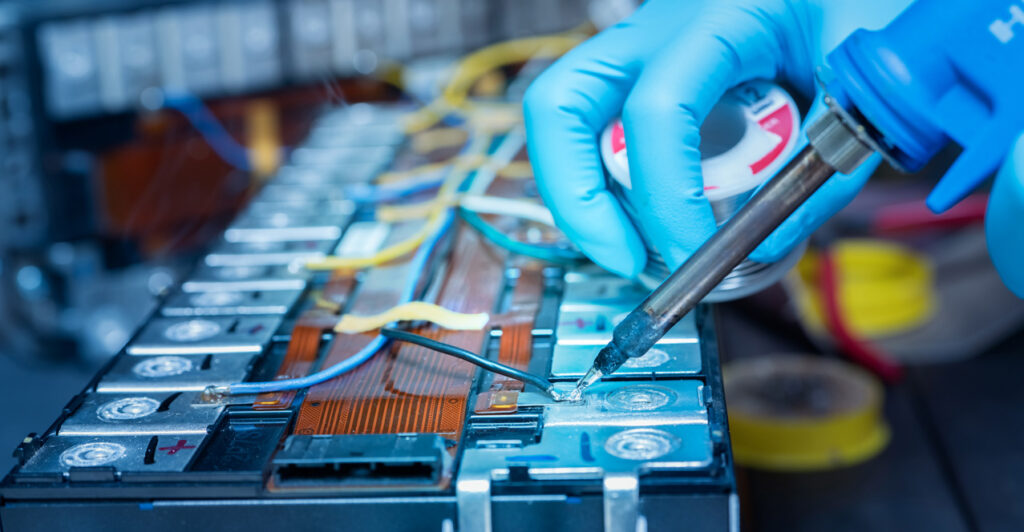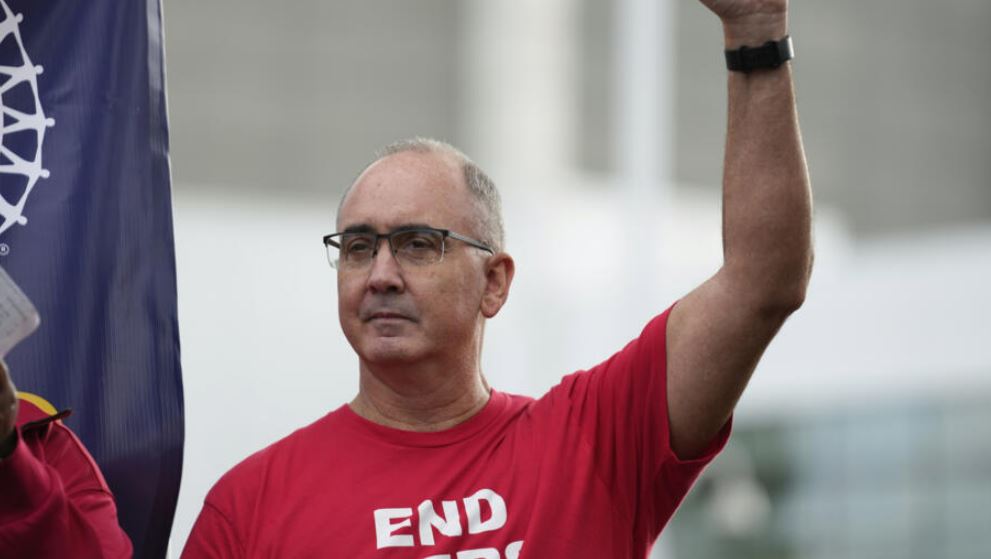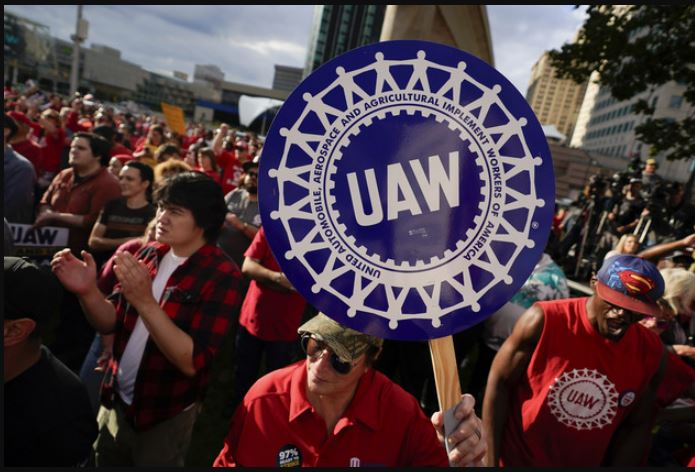In recent days, the United Auto Workers (UAW) strike against the Detroit 3 automakers—Ford, General Motors (GM), and Stellantis—has marked a transformative moment in the auto industry’s storied history. As both parties remain entrenched in their positions and negotiations appear challenging, this event serves as a window into the broader challenges of a sector standing at the crossroads of change. Let’s dissect the evolving narrative, tracing its roots, and understanding the broader implications for the economy, labor unions, and the industry’s trajectory.
UAW President Shawn Fain is expected to announce this weekend whether the union will expand a weeklong strike that has so far been limited to three plants – one each at Ford, General Motors and Stellantis. Fain said earlier this week he would call on workers at more plants to strike unless there was significant progress in contract negotiations with the carmakers. Bargaining continued Thursday, although neither side reported any breakthroughs, and they remained far apart on wage increases.
This strike is reminiscent of Detroit’s golden era when it was the undisputed heart of car manufacturing. But as we fast forward to today, Michigan’s automotive prowess is under the microscope, wrestling with its role amidst rapid technological shifts, namely, the transition to electric vehicles (EVs). The UAW strike symbolizes the resilience and adaptability of labor unions but simultaneously highlights the uncertainties brought about by industry transformations.
One of the focal points of the ongoing labor dispute is the industry’s pivot towards EVs. Both Ford and GM are sinking massive investments into EV production, with newer new battery plants coming online in Michigan, but with pushback. Meanwhile, similar battery plants are emerging south of the Mason-Dixon Line. This southern migration carries significant ramifications for the UAW, given the South’s more challenging unionization laws. There’s a palpable fear that the embrace of EVs might result in reduced compensation for workers and, possibly, a diminished role for unions in this new automotive chapter. This is further intensified by the fact that EVs, due to their reduced parts and simpler mechanics, demand less labor than traditional cars.
These fears aren’t unfounded. Already, economic ripples are becoming visible. For instance, if the strike prolongs, Michigan could bear witness to significant job losses and considerable earnings deficits. The aftereffects won’t just be confined to assembly plants; connected industries like parts suppliers and ancillary sectors are also at risk.

The strike so far involves fewer than 13,000 of the union’s 146,000 members. The companies have laid off a few thousand more, saying some factories are running short on parts because of the strike.
Ford has already temporarily laid off 600 workers due to the strike’s cascading impacts, while GM contemplates similar actions for around 2,000 employees. Suppliers too are on edge, with layoffs looming contingent on the strike’s longevity. If the strike swells into a full-scale walkout, the repercussions could be vast; estimates by the Anderson Economic Group project a potential economic blow exceeding $5 billion if the strike against the Big Three persists for ten days.

Amid these shifts, there’s a growing sentiment of disparity among the UAW members. The Big Three automakers have seen their profits surge by 92% in recent years, with CEO compensations ballooning by 40% from 2013 to 2022. Yet, autoworkers have grappled with stagnant wages and inflation, diminishing their real earnings since 2008. This discrepancy in wealth distribution forms a core tenet of the UAW’s demands, which encompass wage hikes, reduced work hours, representation for battery plant workers, and restored pensions.
But the UAW strike isn’t just an isolated event; it’s a reflection of broader socio-political dynamics. President Joe Biden’s support for the union and push for EVs and former President Donald Trump’s critiques of the shift interplay with this labor dispute. Trump’s upcoming visit to engage with striking UAW members only adds another facet to this multifaceted situation.
Furthermore, the UAW’s historical influence is waning as the auto industry slowly migrates to the South, attracted by tax incentives, diminished wages, and a less union-friendly environment. As foreign automakers strengthen their southern presence, UAW’s once-dominant hold appears increasingly precarious. The Big 3 are certainly using this fear of the UAW to their advantage to find leverage in the negotiations.
In essence, the UAW strike is emblematic of the dichotomies facing Michigan and the broader auto sector. It’s a tussle between conventional manufacturing ethos and the impending electric revolution, intersected by economic, political, and social dynamics. As negotiations persist, the outcomes will not only influence the immediate stakeholders but will also dictate the contours of an industry in flux. With Michigan’s economic fate and the future of thousands of workers at stake, this labor dispute promises to be a pivotal chapter in automotive history.


